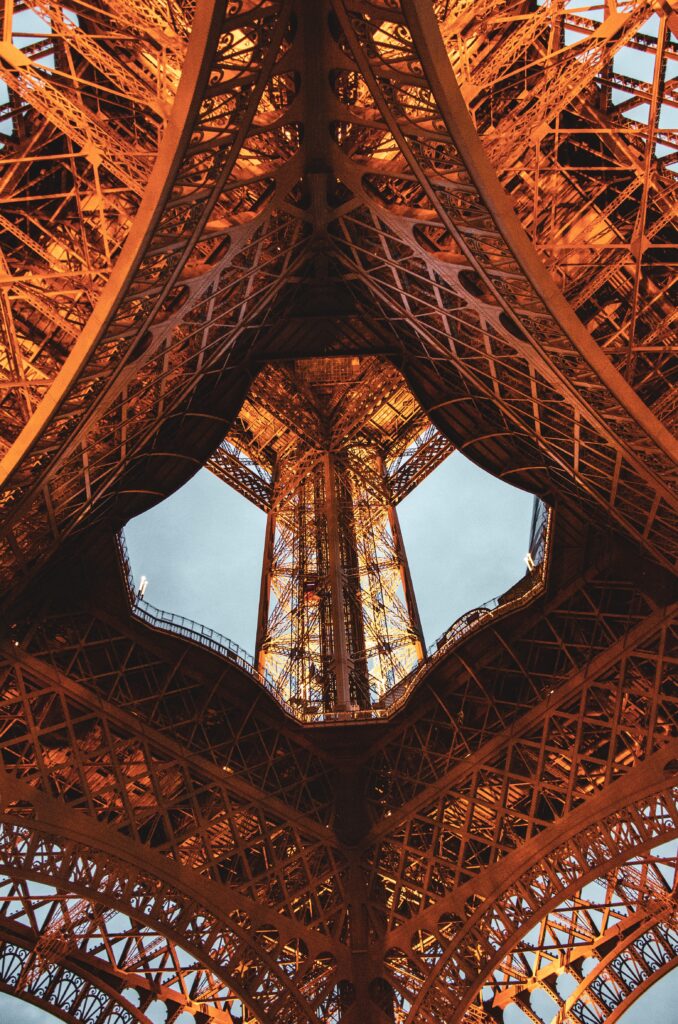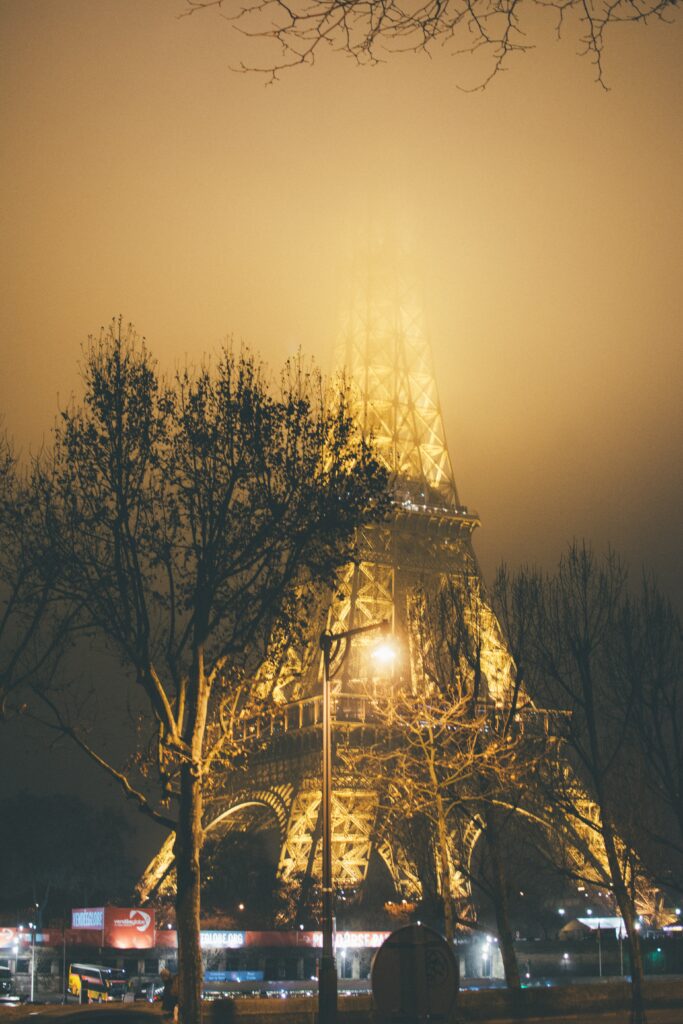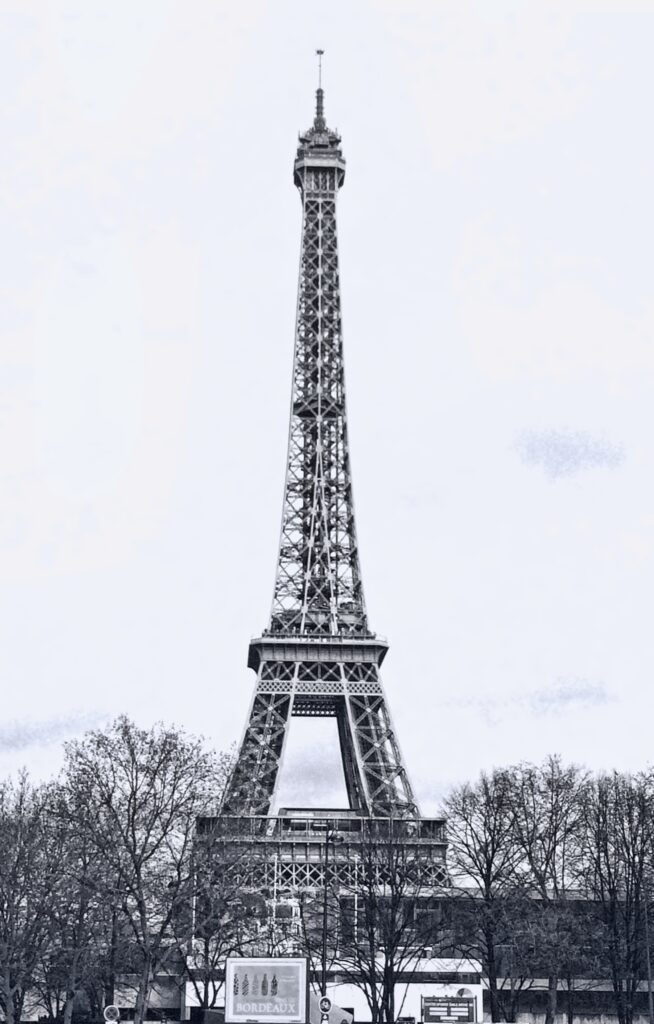The Eiffel Tower: A Symbol of Engineering Excellence and Cultural Icon
Introduction:
The Eiffel Tower, located in the heart of Paris, France, is one of the most recognizable structures in the world and an enduring symbol of engineering brilliance and architectural marvel. This iron lattice tower stands as a testament to human ingenuity and a proud emblem of French cultural heritage. Commissioned as the entrance arch for the 1889 World’s Fair, the Eiffel Tower has since become an iconic landmark and a must-visit destination for tourists from all corners of the globe.

The Eiffel Tower
- Historical Background:
Designed by the French engineer Gustave Eiffel and his team of talented architects and engineers, the Eiffel Tower was constructed to commemorate the 100th anniversary of the French Revolution. The tower’s construction began on January 28, 1887, and was completed in just over two years, opening to the public on March 31, 1889.
- Architectural and Engineering Marvel:
Standing at an impressive height of 324 meters (1,063 feet), the Eiffel Tower held the title of the world’s tallest man-made structure until the completion of the Chrysler Building in New York City in 1930. The tower consists of an intricate framework of iron, assembled with over 18,000 individual iron pieces, held together by more than 2.5 million rivets. Its open lattice design significantly reduced wind resistance, ensuring the tower’s stability despite its immense height.
- Three-tier Observation Decks:
The Eiffel Tower features three observation decks, each offering breathtaking panoramic views of Paris. Visitors can take an elevator or climb the stairs to reach the first and second levels, which host restaurants, gift shops, and historical exhibits about the tower’s construction. The third level, accessible only by elevator, offers an awe-inspiring view of the entire city, including landmarks like the Notre-Dame Cathedral, the Louvre Museum, and the Champs-Élysées.

- Illumination and Light Shows:
As dusk falls, the Eiffel Tower is illuminated with a spectacular display of lights, enhancing its beauty and creating a captivating nighttime spectacle. Special light shows on certain occasions, such as Bastille Day and New Year’s Eve, draw large crowds to witness the tower transformed into a dazzling array of colors.
- Cultural Significance:
Beyond its architectural significance, the Eiffel Tower holds a deep cultural resonance for the people of France and serves as a symbol of national pride. It has been featured in numerous films, paintings, and literary works, cementing its status as an enduring icon of love, romance, and artistic inspiration.
- Preservation and Maintenance:

The Eiffel Tower requires constant maintenance and preservation efforts to ensure its safety and longevity. Regular inspections, restoration of corroded ironwork, and repainting to prevent rust are essential tasks undertaken by a team of skilled professionals.
Conclusion:
The Eiffel Tower stands tall as a testament to human creativity, engineering brilliance, and cultural heritage. Its iconic silhouette graces countless postcards, photographs, and memories of travelers who have been captivated by its beauty and history. As it continues to symbolize the spirit of innovation and French culture, the Eiffel Tower will undoubtedly remain an enduring marvel for generations to come.
Related searches:
the eiffel tower
visiting the eiffel tower
the eiffel tower history
facts about the eiffel tower
where is the eiffel tower located in paris
when does the eiffel tower sparkle
construction of the eiffel tower
the history of the eiffel tower
why was the eiffel tower built
views from the eiffel tower
who built the eiffel tower
painting the eiffel tower
tour of the eiffel tower
the eiffel tower photo
eiffel tower – wikipedia
eiffel tower facts
how long did it take to build the eiffel tower
where is eiffel tower located in which country
eiffel tower pronunciation
eiffel tower at night
eiffel tower official site
eiffel tower history
tower eiffel
eiffel tower how
items
interesting facts about
eiffel tower tips
tower the eiffel
Open publish panel